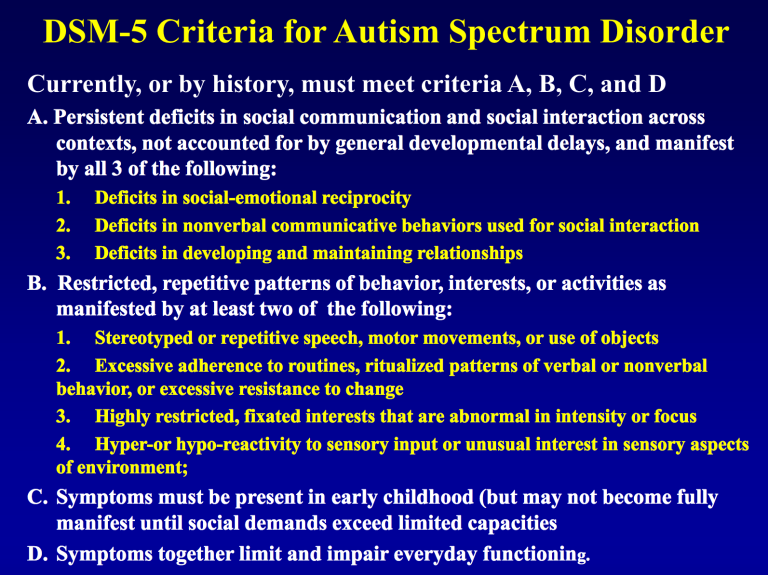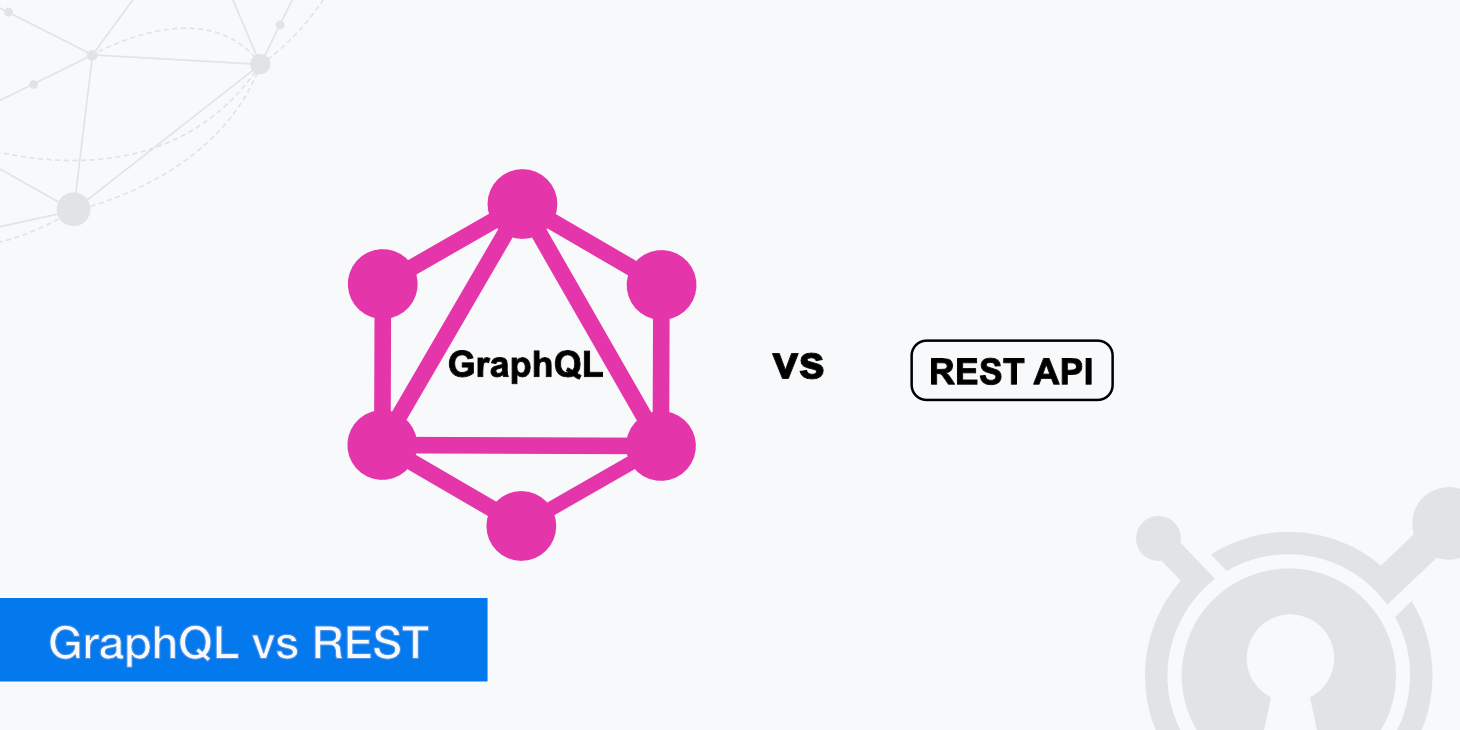Adult ADHD: Increased Prevalence Found In Individuals With Autism And Intellectual Disability

Table of Contents
The Complex Relationship Between Adult ADHD, Autism, and Intellectual Disability
The coexistence of Adult ADHD, autism, and intellectual disability is far more common than previously understood, highlighting a complex interplay of genetic, neurological, and environmental factors. Understanding this intricate relationship is crucial for accurate diagnosis and effective intervention.
Shared Genetic and Neurobiological Factors
Research suggests significant overlap in the genetic and neurobiological pathways underlying ADHD, autism, and intellectual disability.
- Shared Genetic Vulnerabilities: Studies have identified several candidate genes associated with increased risk for all three conditions. These genes often relate to dopamine and other neurotransmitter systems crucial for attention, impulse control, and social interaction.
- Brain Imaging Studies: Neuroimaging research reveals structural and functional brain differences in individuals with ADHD, autism, and intellectual disability, suggesting common neural mechanisms. These differences often involve areas responsible for executive function, attention, and social cognition.
- Neurotransmitter Imbalances: Imbalances in neurotransmitters, particularly dopamine and norepinephrine, are implicated in all three conditions, contributing to symptoms such as inattention, hyperactivity, and impulsivity.
Diagnostic Challenges and Overlap of Symptoms
Diagnosing ADHD in individuals with autism and/or intellectual disability presents unique challenges due to the significant overlap in symptoms.
- Overlapping Symptoms: Inattention, impulsivity, and difficulties with social interaction are core features of both ADHD and autism. Intellectual disability can further complicate the clinical picture by impacting cognitive abilities necessary for accurate symptom reporting and assessment.
- Comprehensive Assessments: Accurate diagnosis requires a comprehensive evaluation, including detailed behavioral observations, standardized assessments (e.g., Conner's Rating Scales, Autism Diagnostic Observation Schedule), and consideration of developmental history. A multidisciplinary approach involving psychologists, psychiatrists, and other specialists is often necessary.
Prevalence Rates and Epidemiological Studies
Epidemiological studies consistently demonstrate a significantly higher prevalence of ADHD among individuals with autism and intellectual disability compared to the general population.
Reviewing Key Research Findings
Several key studies have highlighted the increased comorbidity rate:
- Study 1 (citation needed): This study found that X% of individuals with autism also met criteria for ADHD.
- Study 2 (citation needed): This research indicated a Y% comorbidity rate of ADHD and intellectual disability.
- Study 3 (citation needed): This longitudinal study explored the developmental trajectory of ADHD symptoms in individuals with both autism and intellectual disability.
It is crucial to note that the limitations of existing research include variations in diagnostic criteria and assessment methods across studies, potentially affecting the reported prevalence rates.
Implications for Diagnostic Practices
The high comorbidity rate underscores the need for a paradigm shift in diagnostic practices.
- Comprehensive Diagnostic Evaluations: Clinicians must conduct thorough assessments considering the potential for co-occurring conditions. This includes careful history taking, behavioral observations, and the use of standardized diagnostic tools tailored to individuals with intellectual disabilities or autism.
- Multidisciplinary Assessments: A team approach involving professionals with expertise in ADHD, autism, and intellectual disability is essential for accurate diagnosis and treatment planning.
- Considering Co-occurring Conditions: Clinicians must actively consider the presence of co-occurring conditions, recognizing that symptoms might manifest differently in individuals with multiple diagnoses.
Treatment Considerations and Therapeutic Approaches
Effective management of ADHD in individuals with autism and intellectual disability requires tailored treatment plans that address the unique needs of each person.
Tailoring Treatment Plans
Treatment plans must be individualized and consider the specific symptom profile, cognitive abilities, and support systems available.
- Medication Management: Stimulant medications are often effective in managing ADHD symptoms, but careful titration and monitoring are crucial, particularly in individuals with co-occurring conditions who might be more sensitive to medication side effects.
- Behavioral Therapy: Behavioral interventions, such as parent training and classroom-based strategies, can be highly beneficial in improving attention, reducing impulsivity, and enhancing adaptive behaviors. Adaptations may be needed to account for intellectual or communication challenges.
- Educational Interventions: Educational supports, including individualized education programs (IEPs) and specialized learning environments, are vital for promoting academic success and fostering a sense of accomplishment.
- Support Systems: Strong support networks, including family, caregivers, educators, and therapists, are essential for successful treatment and overall well-being.
Challenges in Treatment and Management
Treating individuals with multiple diagnoses often presents unique challenges.
- Medication Interactions: Potential interactions between medications used to treat ADHD, autism, or other co-occurring conditions must be carefully considered.
- Treatment Adherence: Challenges in treatment adherence might arise due to cognitive limitations, communication difficulties, or adverse medication effects. Strategies to improve adherence should be incorporated into treatment plans.
- Comorbid Conditions: The presence of other comorbid mental health conditions such as anxiety or depression should be addressed to optimize overall treatment outcomes.
Conclusion
The significant increase in adult ADHD prevalence among individuals with autism and intellectual disabilities highlights the complex interplay of these neurodevelopmental conditions. Accurate diagnosis requires comprehensive evaluations employing a multidisciplinary approach. Tailored treatment plans addressing the unique needs of individuals with co-occurring conditions are crucial for improving outcomes. Understanding the increased prevalence of Adult ADHD in individuals with autism and intellectual disability is crucial for improved diagnosis and treatment. If you suspect you or a loved one may be affected, seek a comprehensive evaluation from a qualified healthcare professional specializing in ADHD and related neurodevelopmental conditions. Early intervention and personalized care are key to supporting individuals with these complex conditions and enhancing their quality of life.

Featured Posts
-
 Your Guide To Buying Capital Summertime Ball 2025 Tickets
Apr 29, 2025
Your Guide To Buying Capital Summertime Ball 2025 Tickets
Apr 29, 2025 -
 Manufacturing In America Overcoming The Hurdles
Apr 29, 2025
Manufacturing In America Overcoming The Hurdles
Apr 29, 2025 -
 Menelusuri Sejarah Porsche 356 Pabrik Zuffenhausen Dan Legenda Jerman
Apr 29, 2025
Menelusuri Sejarah Porsche 356 Pabrik Zuffenhausen Dan Legenda Jerman
Apr 29, 2025 -
 Black Hawk Crash Nyt Report Details Pilots Pre Crash Actions
Apr 29, 2025
Black Hawk Crash Nyt Report Details Pilots Pre Crash Actions
Apr 29, 2025 -
 A Comparative Analysis Of Porsches Market Performance Australia Vs The Rest Of The World
Apr 29, 2025
A Comparative Analysis Of Porsches Market Performance Australia Vs The Rest Of The World
Apr 29, 2025
Latest Posts
-
 Pochemu Tramp I Zelenskiy Sideli Razdelno Razgadka Tayny Vstrechi
Apr 30, 2025
Pochemu Tramp I Zelenskiy Sideli Razdelno Razgadka Tayny Vstrechi
Apr 30, 2025 -
 Dasmoi Tramp I Ekklisi Toy Galloy Ypoyrgoy Gia Patriotismo Stis Gallikes Epixeiriseis
Apr 30, 2025
Dasmoi Tramp I Ekklisi Toy Galloy Ypoyrgoy Gia Patriotismo Stis Gallikes Epixeiriseis
Apr 30, 2025 -
 Tramp I Zelenskiy Vstrecha Na Pokhoronakh Papy Rimskogo
Apr 30, 2025
Tramp I Zelenskiy Vstrecha Na Pokhoronakh Papy Rimskogo
Apr 30, 2025 -
 Stalo Izvestno Pochemu Tramp Ne Sidel Ryadom S Zelenskim
Apr 30, 2025
Stalo Izvestno Pochemu Tramp Ne Sidel Ryadom S Zelenskim
Apr 30, 2025 -
 O Gallos Ypoyrgos Oikonomias Kalei Se Ethniko Patriotismo Apenanti Stoys Dasmoys Tramp
Apr 30, 2025
O Gallos Ypoyrgos Oikonomias Kalei Se Ethniko Patriotismo Apenanti Stoys Dasmoys Tramp
Apr 30, 2025
